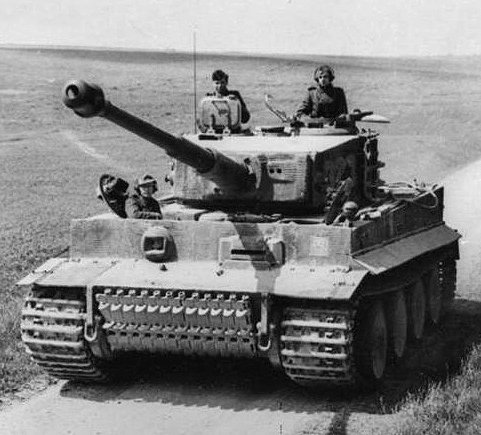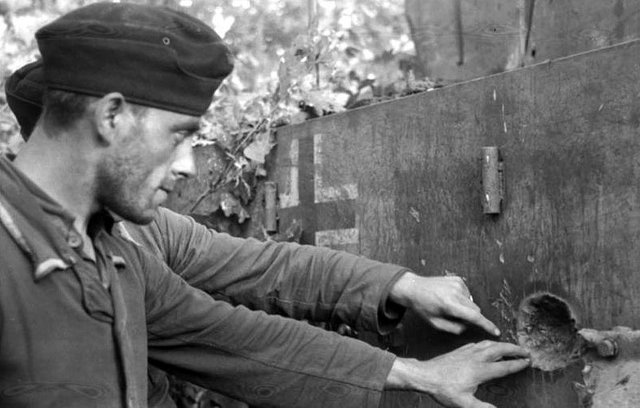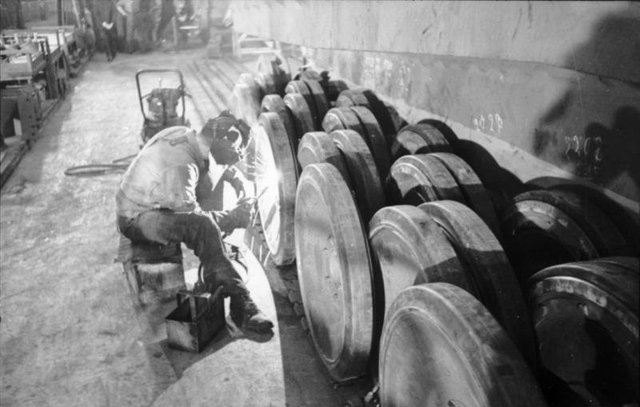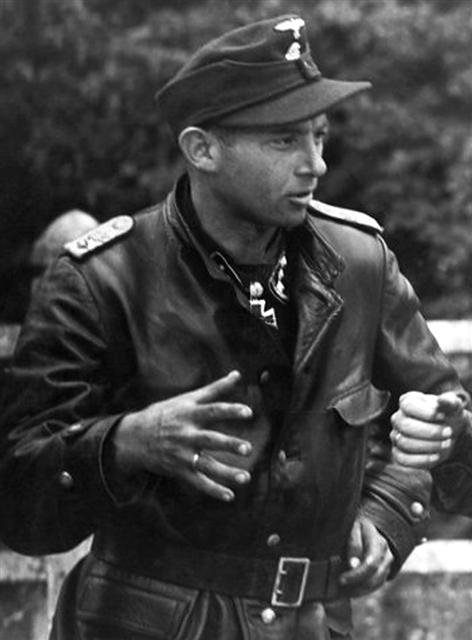A look at the Tiger I Tank
One of the most iconic tanks of the Second World War is the Tiger I tank. But the role this tank played on the battlefield was far from as great as it is made out to be. It came unto the battlefield only during the second halve of the war in 1942 and its production numbers were far from as great as that of different tanks.

Tiger I tank in the North of France
It was relatively rare for German opposition forces to face a Tiger I tank in battle. Only a total of 1347 Tiger I tanks were build during the war. It was not unknown for American, Russian or British forces to accidentally confuse the Panzer IV tank as a Tiger I tank, as this tank was produced in far greater numbers and saw much more action.
Although small in numbers, the Tiger I tank had an extremely feared reputation among Allied forces, due to its thick armor for its time and its extremely effective and highly accurate 88 mm gun, which could destroy any allied tank with one shot over a distance of a 1000 meters. This was in contrast to allied tanks at that time, of which most used either a 57 mm or 75 mm gun. These allied tanks had to come as close as a few hundred meters to a Tiger I tank to be able to destroy it, and often had to flank it t be able to penetrate its side armor with their guns. During this process of flanking a Tiger I tank, they often lost up to 2 or 5 tanks in the meantime due to 88 mm fire, so that 1 or 2 were able to reach its sides and destroy it.

Tank crew inspecting a non-penetrating hit on the Tiger I on the Eastern Front.
Yet the Tiger did not come without its drawbacks. It was an expensive tank to produce. Almost three Panzer IVs could be produced for a single Tiger I tank. The Tiger I tank was also prone to breaking down due to its heavy weight of 50 tonnes, and its over-engineered track system often caused much dirt and mud to be caught up in the tracks, especially on the Eastern Front.

The suspension system, while highly innovative and providing great gun stability, was prone to causing failures.
As a counter reaction to the development of the Tiger I tank, Germany's opposition started to produce tanks or tank destroyers that could effectively take it out, such as the M26 Pershing, the Sherman Firefly and the IS-tank.
The most famous German Tiger I tank commander was Michael Wittman. During the Battle of Villers-Bocage, he and his SS-Panzer Battalion managed to destroy 14 tanks, 2 AT-guns and 15 transport vehicles in only 15 minutes. For his actions he was personally awarded by Adolf Hitler, the Knight's Cross of the Iron Cross, the highest award in NS-Germany at that time.

SS-Hauptsturmführer Michael Wittman | 22 April 1914 – 8 August 1944
Currently there is only 1 operational Tiger I left and it is stored in the Bovington Tank Museum in Britain, where it is occasionally rolled out for public demonstrations.